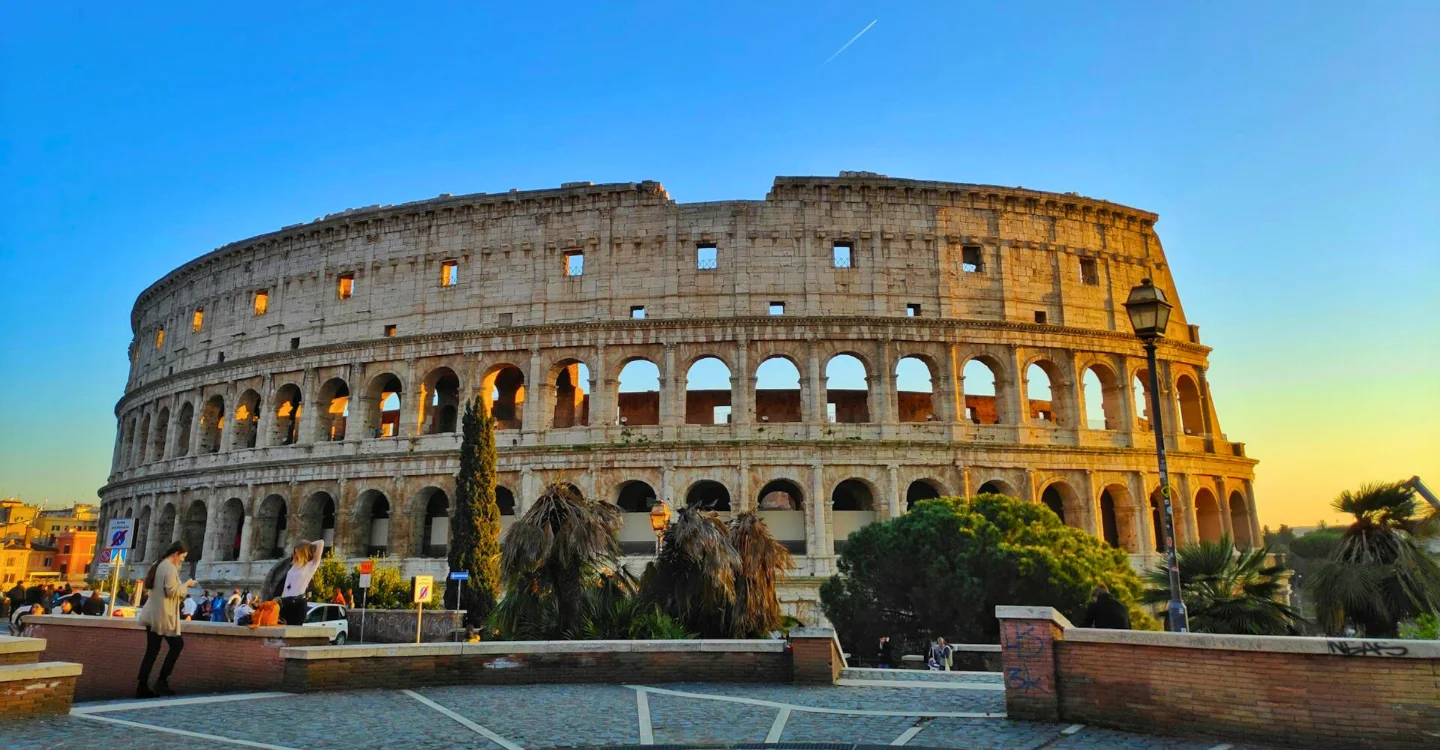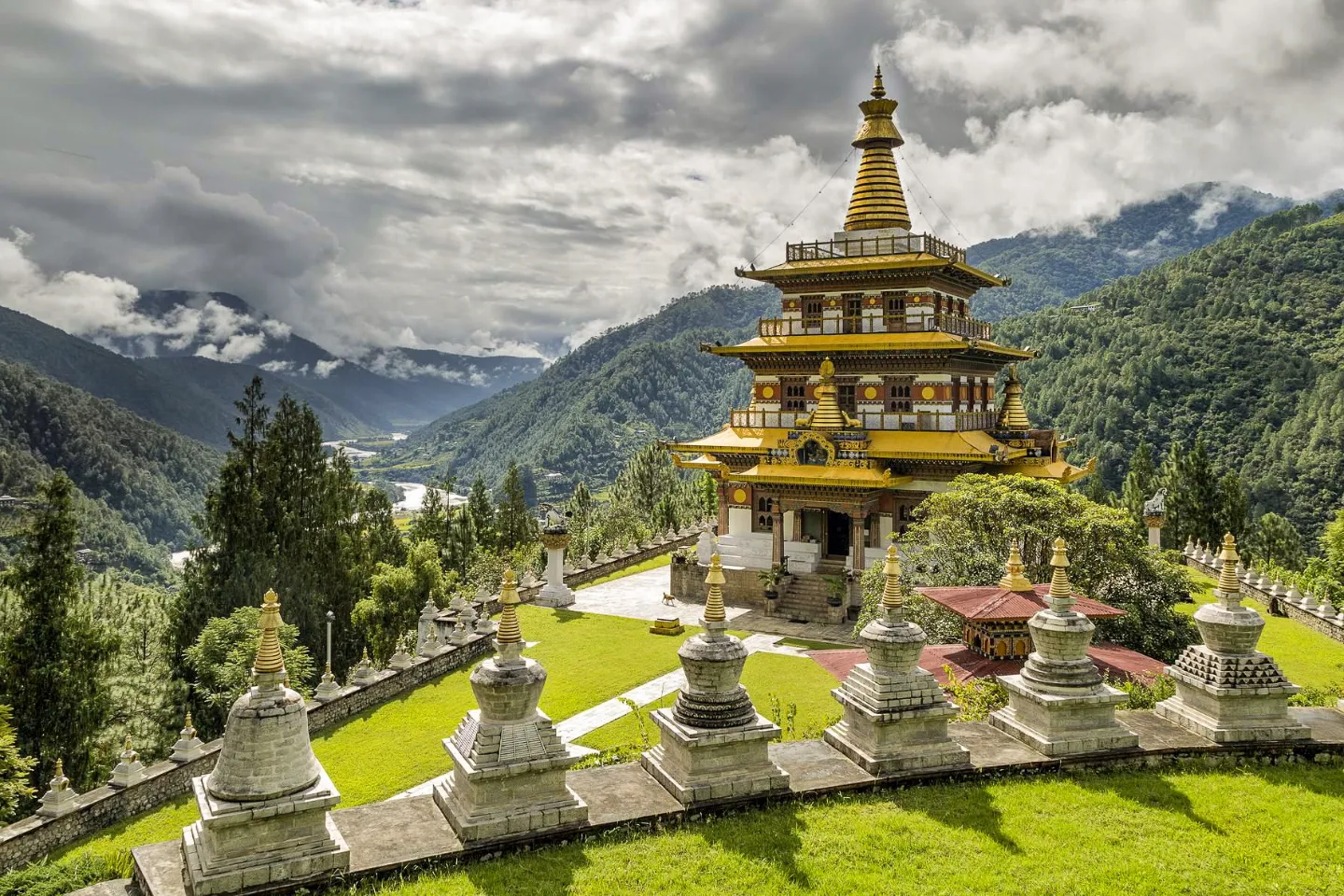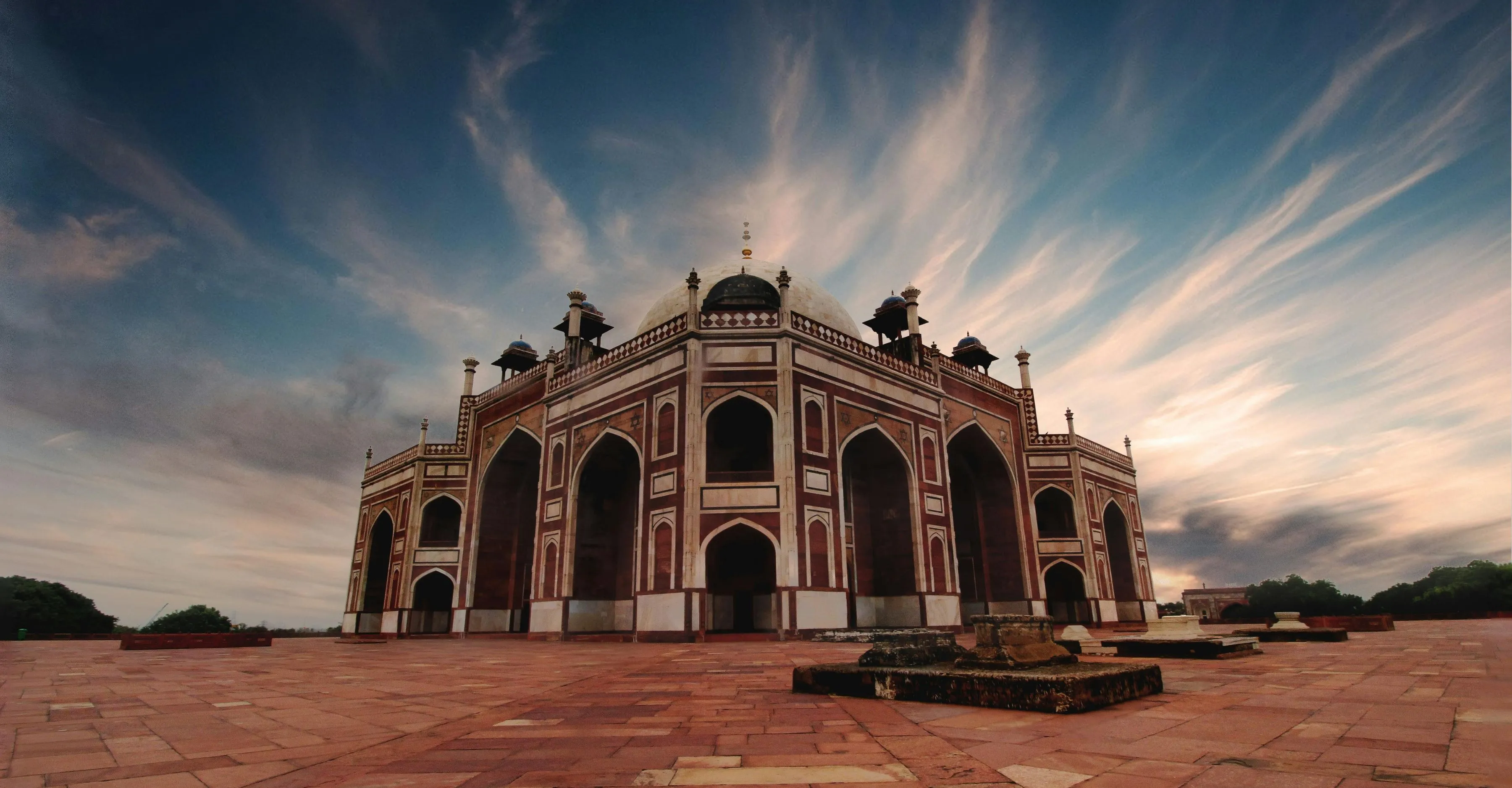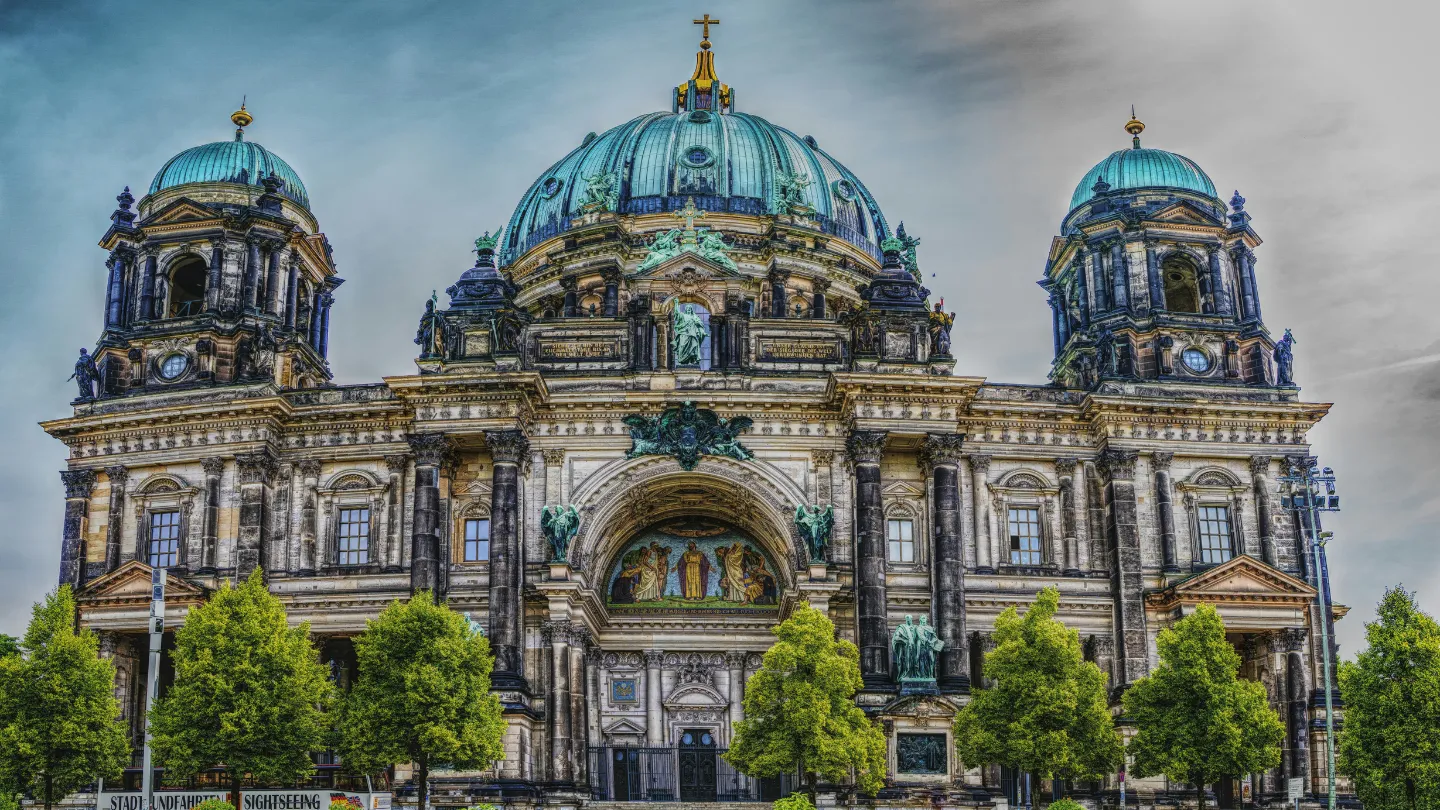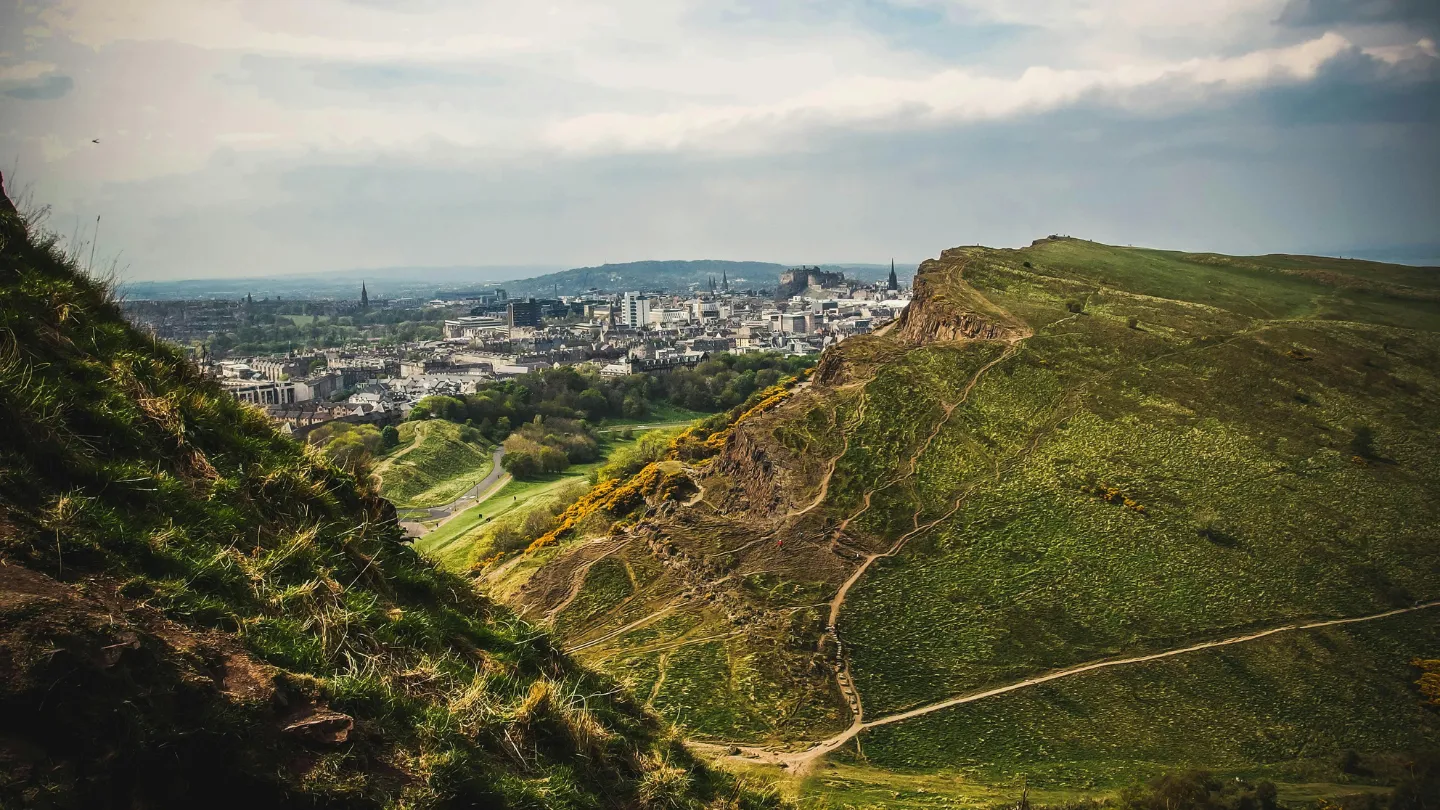Rome is not simply a city, it is a living museum where ancient history and modern life coexist in harmony. Walking through its streets, you can feel the presence of emperors, artists, and thinkers who shaped the course of civilisation. From the ruins of the Roman Forum to the elegance of Renaissance squares, every corner of the city tells a story. Rome’s charm lies not only in its monuments but also in the atmosphere of its piazzas, the aroma of freshly baked bread drifting from small bakeries, and the sound of church bells echoing at sunset. This city has inspired travellers for centuries, and it continues to do so with the same intensity today.
Discover this destination with The Peace Destinations
When to Visit Rome
Rome enjoys a Mediterranean climate, meaning mild winters and hot, sunny summers. The very best time to visit is during spring, from April to June, and in early autumn, from September to October. These months bring warm but comfortable temperatures, fewer crowds compared to the peak summer, and the city seems to glow under softer light. The evenings are especially beautiful, with warm air carrying the sounds of music and church bells through lively piazzas.
Summer, especially in July and August, can be very hot, often above 30°C, and many Romans leave the city for their own holidays. While this brings quieter streets, some local shops and restaurants may close. Still, the energy of summer festivals and outdoor concerts makes it appealing for those who thrive in heat and atmosphere.
Winter, from December to February, is much quieter. The weather is cool and sometimes rainy, but this is also the time when Rome feels most intimate. Attractions are less crowded, accommodation prices are lower, and the festive season fills the city with markets and sparkling lights.
Whatever season you choose, Rome always offers something unforgettable. Each time of year highlights a different side of the city’s character, ensuring that no two visits are ever quite the same.
Why Visit Rome
Rome is the cradle of Western civilisation, and its layers of history are visible at every turn. From ancient ruins to Renaissance palaces and modern street art, the city embodies the idea that culture is never static – it evolves, enriches, and inspires.
For lovers of history, it offers landmarks that have defined centuries: the Colosseum, the Pantheon, and the Roman Forum are essential stops that bring ancient Rome vividly to life. For art enthusiasts, the Vatican Museums, with Michelangelo’s ceiling in the Sistine Chapel, remain one of the world’s greatest treasures.
But Rome is more than monuments. It is also a city of food, where simple recipes handed down for generations create unforgettable meals. A plate of carbonara, crispy Roman-style pizza, or a scoop of pistachio gelato enjoyed on a warm evening can be as memorable as visiting the Vatican itself.
Beyond culture and cuisine, Rome offers atmosphere – a unique blend of grandeur and intimacy, energy and tranquillity. Whether you are wandering through bustling markets, sitting on the Spanish Steps with a coffee, or simply watching the world go by in Campo de’ Fiori, the city invites you to slow down and savour life.
Characteristics of the City
Rome is often described as a city of contrasts. It is grand yet intimate, ancient yet modern, spiritual yet lively. Its streets combine classical ruins, Renaissance masterpieces, and contemporary creativity in a way that feels organic rather than staged.
The seven hills of Rome offer changing perspectives of the city – some giving sweeping views of domes and towers, others framing hidden neighbourhoods where locals gather. The Tiber River winds through the city, crossed by bridges that have stood for centuries, their stones worn smooth by time.
One of Rome’s defining characteristics is its rhythm of daily life. In the mornings, you’ll see people stopping for a quick espresso at the counter before work. In the afternoons, life slows, with long lunches stretching into relaxed walks. By evening, piazzas come alive with laughter, music, and the clink of wine glasses.
Rome’s diversity also lies in its districts. The historic centre is a stage of grand monuments, while neighbourhoods like Trastevere carry a bohemian charm with ivy-covered buildings and cosy trattorias. Testaccio, once known for its working-class roots, is now a hub for authentic Roman food. Each area tells its own story, making exploration endlessly rewarding.
Experience it all with The Peace Destinations
Things to Do in Rome
Rome is a city where every street holds something to discover. Here are some experiences that bring its many layers to life:
1. The Colosseum
Step into the world of gladiators and emperors in this iconic amphitheatre. A guided visit reveals its engineering brilliance and dramatic history.
2. The Roman Forum and Palatine Hill
Once the heart of the ancient city, the Forum is a vast archaeological site of temples and arches, while Palatine Hill offers panoramic views and a glimpse into the origins of Rome.
3. The Vatican City
Explore the world’s smallest independent state, home to St Peter’s Basilica, Vatican Museums, and the Sistine Chapel – each a masterpiece of art and devotion.
4. The Pantheon
A temple to all gods and one of the best-preserved ancient buildings in Rome. Its dome remains a wonder of architecture and a symbol of timeless elegance.
5. Trevi Fountain
Tossing a coin here is said to guarantee your return to Rome. Beyond tradition, the fountain itself is a breathtaking piece of Baroque art.
6. Trastevere
Wander through cobblestone lanes lined with trattorias, artisan shops, and vibrant nightlife. It offers a glimpse into Rome’s more relaxed and bohemian side.
7. Spanish Steps and Piazza di Spagna
A perfect spot to people-watch and soak in the atmosphere. Climb to the top for views over rooftops and domes.
8. Campo de’ Fiori and Local Markets
Lively markets in the day and buzzing piazzas by night, these are the heart of Roman social life.
9. Day Trips Beyond Rome
Visit Tivoli’s gardens at Villa d’Este, or head to the ruins of Ostia Antica for a quieter glimpse into ancient life.
Get your tickets now from at The Peace Destinations
Planning Your Visit
Travelling to Rome is convenient, with direct flights connecting it to major cities worldwide. The city has two airports – Fiumicino (Leonardo da Vinci) and Ciampino – both well connected to the centre by trains, buses, and taxis. Within Rome, public transport includes buses, trams, and a simple metro system, but the best way to discover the city is often on foot. Wandering the streets reveals small details that no guidebook can fully capture.
Accommodation options range from luxury hotels with views of ancient ruins to family-run guesthouses tucked into quiet neighbourhoods. Booking early is advised, especially during spring and autumn, as these are the most popular times.
Rome rewards those who take time to wander. Beyond the iconic sights, moments of wonder appear unexpectedly – a hidden courtyard with orange trees, a street musician playing under a lamppost, or a glimpse of golden light spilling across ancient stone at sunset.
Your journey in Rome will be as much about these quiet discoveries as about its famous landmarks. It is a city that lingers in memory long after you have left, calling you back to explore once more.
Want to explore?
Explore the world with our highly expert guides and affordable tour packages. Book your next trip with us today or Get a quote for your next trip!

